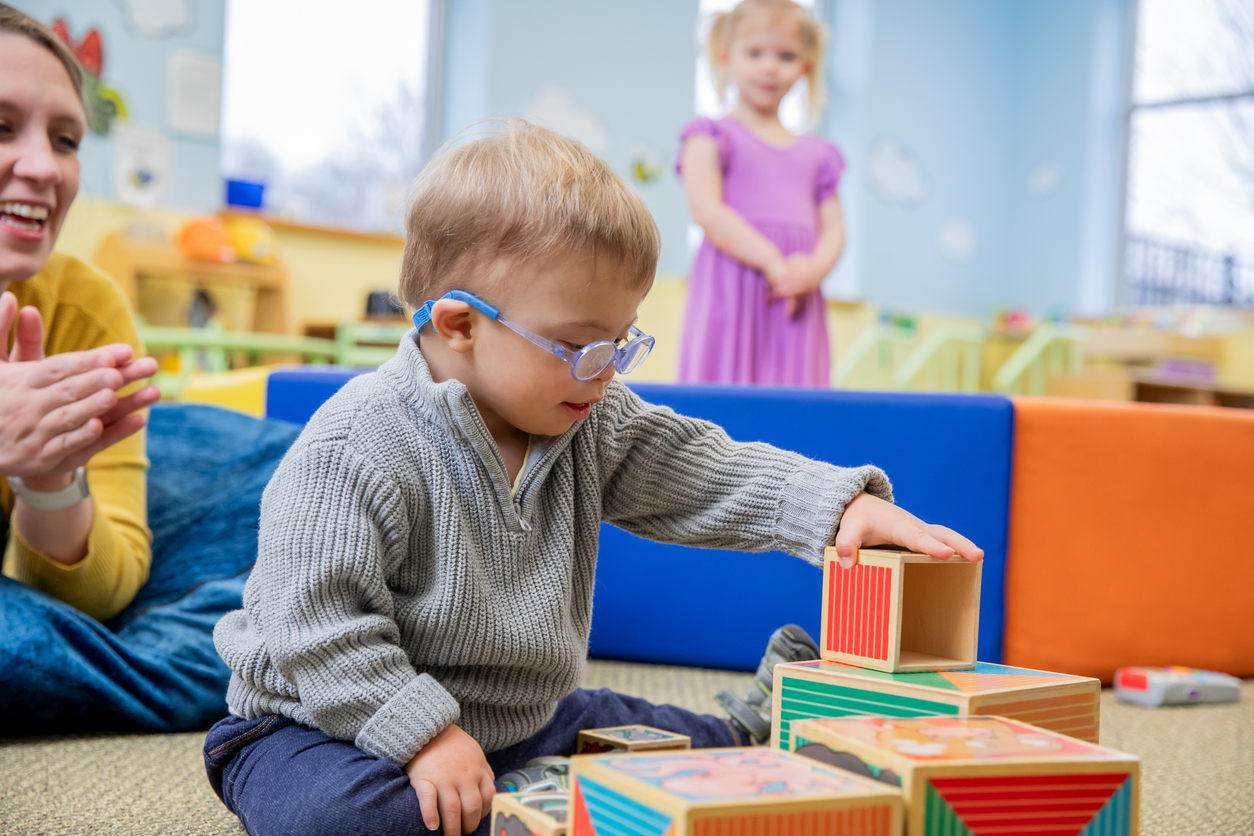
Autism is a spectrum disorder that affects how a person communicates, behaves, and interacts with others. While some children on the spectrum develop strong verbal skills, others may experience speech delays or remain non-verbal. Recognizing the signs early can help parents and caregivers find the right support to help their child communicate and thrive.
Common Signs of Non-Verbal Autism
Every child is unique, but there are some common signs that may indicate non-verbal autism. Identifying these early can lead to timely interventions that support a child’s development.
Lack of Spoken Language
One of the most noticeable signs is the absence of speech. A child with non-verbal autism may not start speaking at the expected age or may stop using words after initially learning a few. Since verbal communication is a key developmental milestone, delays or loss of speech can be an important sign to watch for.
Limited or No Gestures
Children typically use gestures, such as pointing, waving, or nodding, to communicate before they can form words. A child with non-verbal autism may not use these gestures, or they may use them inconsistently or in ways that do not align with social norms.
Difficulty with Eye Contact
Many children with autism, particularly those who are non-verbal, may avoid or struggle to maintain eye contact. Since eye contact plays a big role in social communication, difficulty in this area can make it harder for a child to connect with others.
Repetitive Behaviors
Repetitive movements, such as hand flapping, rocking, or spinning objects, are often observed in children with non-verbal autism. These behaviors may provide comfort or self-regulation for the child and can be a way for them to manage anxiety or sensory overload.
Challenges in Understanding Language
A child with non-verbal autism may not respond when their name is called or struggle to follow simple instructions. While some non-verbal children understand language, others may have difficulty processing spoken words, making communication more challenging.
Unusual Reactions to Sensory Input
Hypersensitivity or hyposensitivity to sensory stimuli is common in children with non-verbal autism. Some children may be extremely sensitive to loud noises, bright lights, or certain textures, while others may seek out sensory experiences, such as spinning or tapping. These sensory preferences or aversions can significantly impact a child’s daily life, and understanding these reactions is essential to providing the right support.
Preference for Solitary Play
Many children with non-verbal autism show little interest in social interactions and may prefer playing alone rather than engaging with peers. This preference for solitary play can be misunderstood as isolation, but for some children, it may simply be the way they feel most comfortable.
The Importance of Early Intervention for Non-Verbal Autism
Recognizing the signs of non-verbal autism early allows for timely intervention, which can significantly improve a child’s ability to communicate and interact with the world. Early intervention is critical because it provides children with the tools and strategies they need to navigate social situations and build essential life skills.
One of the most important aspects of early intervention is the use of Applied Behavior Analysis (ABA) therapy, which has been shown to improve communication, reduce challenging behaviors, and foster social skills. The earlier a child begins receiving therapy, the more likely they are to make substantial progress in key developmental areas.
How ABA Therapy Supports Non-Verbal Children
ABA therapy services are a proven approach to helping children with autism develop essential life skills. Through structured and personalized interventions, ABA therapy services can:
- Encourage Alternative Communication Methods: ABA therapists use techniques such as Picture Exchange Communication Systems (PECS) and Augmentative and Alternative Communication (AAC) devices to help non-verbal children express their needs and thoughts.
- Improve Social Skills: Therapy sessions focus on fostering engagement, teaching turn-taking, and helping children build meaningful connections with others. Non-verbal children often face difficulties with social interaction, and ABA therapy provides them with structured opportunities to practice and improve these skills in a safe, supportive environment.
- Reinforce Positive Behaviors: ABA therapy helps reduce challenging behaviors by reinforcing desirable actions, making it easier for children to navigate daily life. By reinforcing appropriate behaviors, children learn to adapt more effectively to their surroundings and respond to various situations in a positive way.
- Develop Routine and Independence: By focusing on essential skills like following instructions, daily self-care, and structured play, ABA therapy promotes independence. Establishing routines and developing self-sufficiency can significantly improve a child’s ability to manage their daily life, contributing to a greater sense of confidence and accomplishment.
Find Professional Support at Wellspring Learning Centers
At Wellspring Learning Centers, we understand the challenges that come with non-verbal autism and are committed to helping children develop the communication and social skills they need to thrive. If you are looking for expert guidance, our team is here to help. Contact Wellspring Learning Centers by filling out our online form or calling us at 615-236-6399.